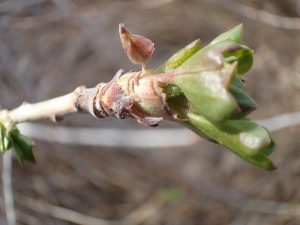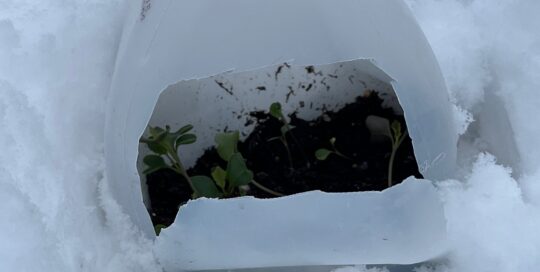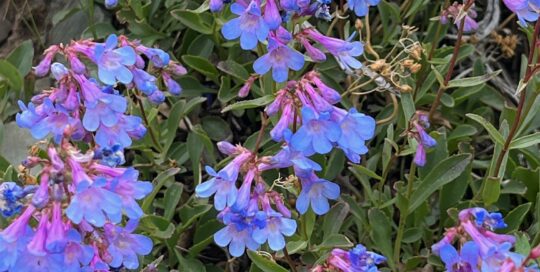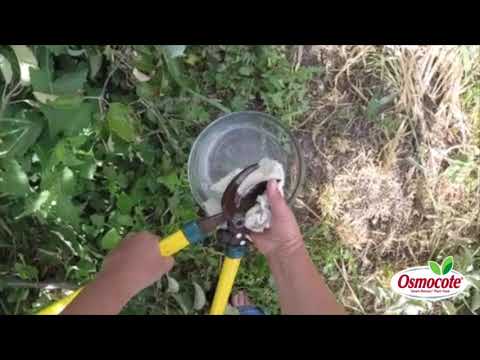Preparing for a Dry Gardening Season
Views: 4983

Our temperature climbed into the mid-60s this weekend, and while I enjoyed being outside without five layers of clothing, it made me realize that I truly need to prepare for a dry gardening season. The pattern is very similar to last year: We didn’t have much of a winter, many of the shrubs are already leafing out, crocuses are blooming, and the insects are making their appearance.
The photo I have accompanying this article is of our golden currants. While these are one of my favorite early spring bloomers, they typically don’t start greening up until closer to April. Last year they bloomed at the end of March/beginning of April, which was an entire month early. Unless we are hit by a significant cold snap (I said the same thing last year and it never happened), they will do the same this spring. The lilacs, chokecherries, and wild roses are also showing a fair amount of green. It makes me nervous.
Pests
I’m very curious to see how this early progression of plants correlates with the emergence of insects in a dry gardening season. Yesterday our eldest (the bug whisperer) found a grasshopper nymph. That makes me nervous, too. While everything on the pest front, except for the aphid situation, wasn’t terrible last year, there’s no saying what it will be like this year with two mild winters in a row.
Winter Worries
But what concerns me the most is the dryness of the spring. In February, I believe we had .1” of snow when the average is 8 inches. March typically receives 15 inches, but with nothing but temps in the 50s and 60s, I don’t think we’re going to see close to that. As a result, I have to water before I can pull weeds in any of the beds, and spent 3 hours yesterday watering trees and shrubs. If I’m watering like that now, what’s it going to be like this summer?
My Plans
In an attempt to be proactive against the dry gardening season (plus keeping ahead of the weeds, unlike last year) I’m dramatically changing the gardens this year. I’m going to be the queen of soaker and drip hoses. In the largest garden, I’m running soaker hoses underneath lumber wrap to supply the needs of the squashes and pumpkins I’m planting in that area. This way the plants receive the moisture they need, but it won’t evaporate as easily. And since I’m turning the chickens loose in the front vegetable garden to eliminate the prickly lettuce and other weeds, I will run soaker hose through the flower garden on the other side of the fence.
In the other gardens near the patio, there will be only 4 traditional beds. The other section will be my straw bale gardening experiment. I’m going to set down lumber wrap (there’s a terrible bind weed problem over there), and use 20 bales to create a garden space. Once again, I will rely on soaker hose for the watering needs with the hope that the bales will retain a fair amount of the water, too.
So that’s my basic plan to ensure the plants have enough water to thrive, but we won’t go broke in the process. I’ll compare the water usage to last year to see how I do, but I am fairly confident that the results will be better than last year even if Mother Nature doesn’t want to cooperate.
Meet Amy Grisak
Amy is a freelance author and photographer in Great Falls, MT who specializes in gardening, foods, and sustainable agriculture. She provides information on every kind…
Amy's Recent Posts

Try Your Hand at Winter Sowing to Gain a Jump on the Season








